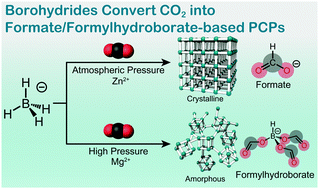*
Corresponding authors
a
Department of Molecular Engineering, Graduate School of Engineering, Kyoto University, Katsura, Nishikyo-ku, Kyoto 615-8510, Japan
b
NMR Science and Development Division, RIKEN SPring-8 Center and RIKEN-JEOL Collaboration Center, Yokohama, Kanagawa 230-0045, Japan
c
JEOL RESONANCE Inc., Musashino, Akishima, Tokyo 196-8558, Japan
d
Institute for Integrated Cell-Material Sciences, Institute for Advanced Study, Kyoto University, Yoshida, Sakyo-ku, Kyoto 606-8501, Japan
E-mail:
horike@icems.kyoto-u.ac.jp
e
AIST-Kyoto University Chemical Energy Materials Open Innovation Laboratory (ChEM-OIL), National Institute of Advanced Industrial Science and Technology (AIST), Yoshida-Honmachi, Sakyo-ku, Kyoto 606-8501, Japan
f
Department of Synthetic Chemistry and Biological Chemistry, Graduate School of Engineering, Kyoto University, Katsura, Nishikyo-ku, Kyoto 615-8510, Japan
g
Department of Materials Science and Engineering, School of Molecular Science and Engineering, Vidyasirimedhi Institute of Science and Technology, Rayong 21210, Thailand



 Please wait while we load your content...
Please wait while we load your content...